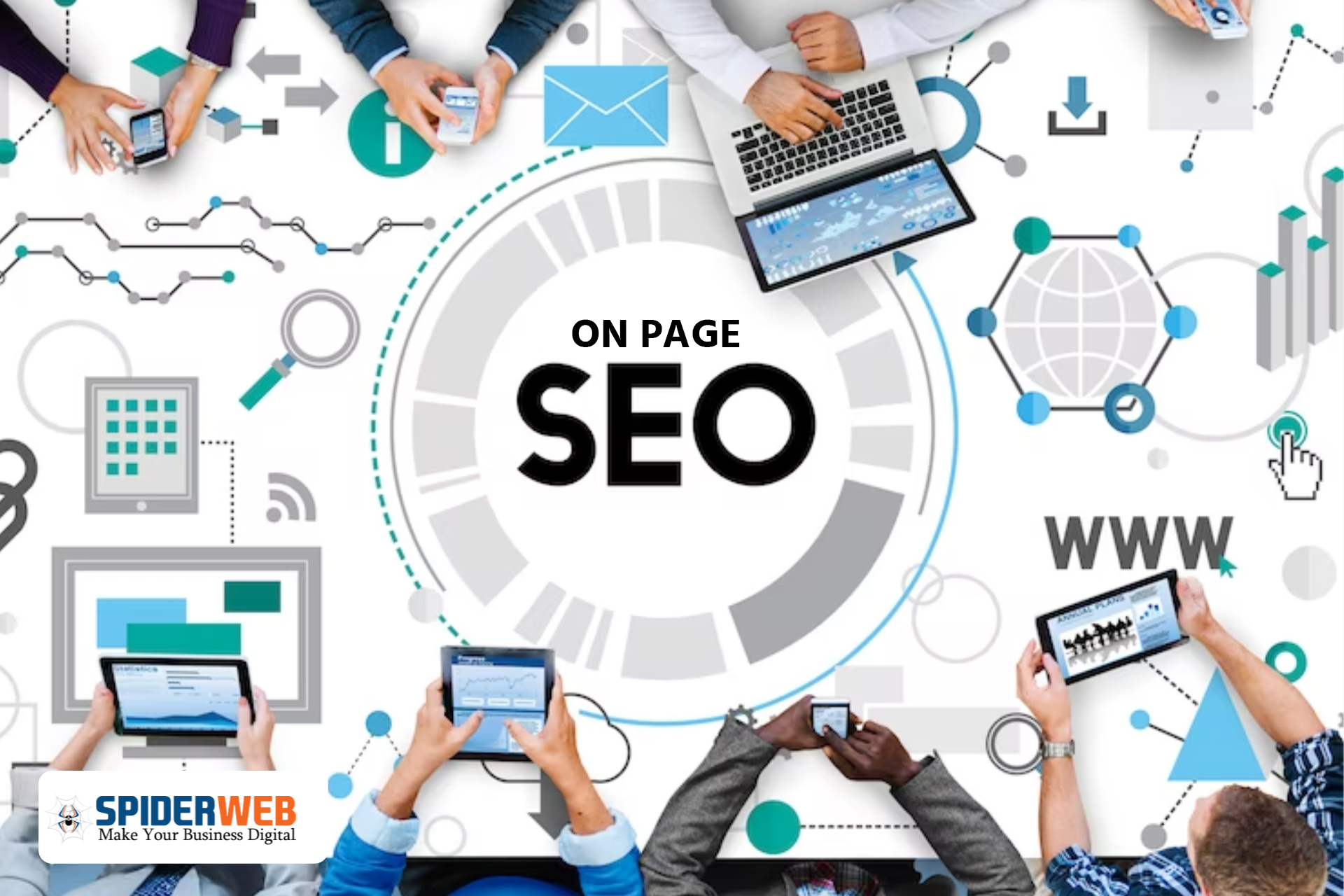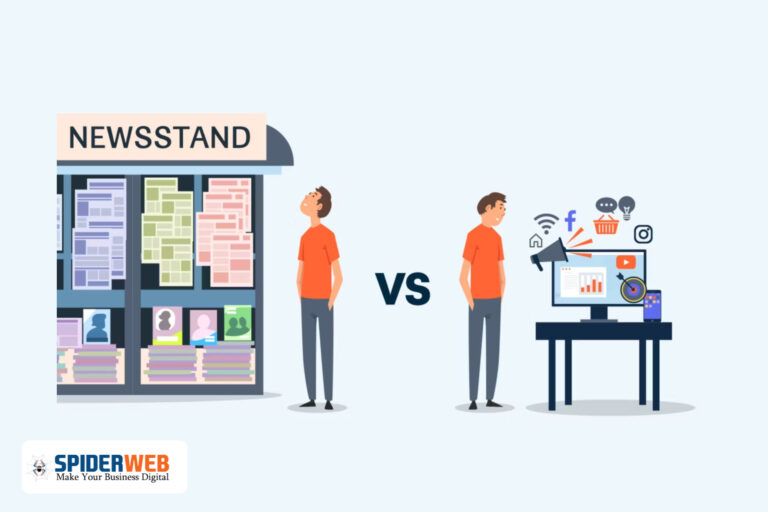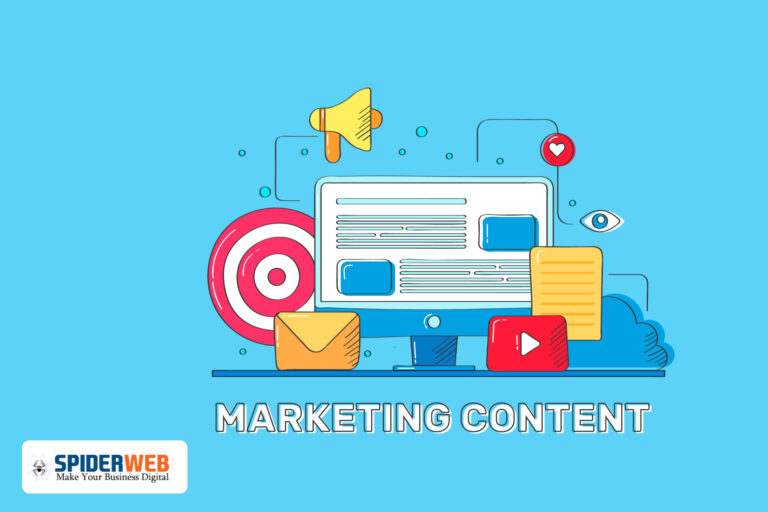What is On-Page SEO
If you have knowledge of SEO, then you must know what On-Page SEO is. There is no way in this that the internet is a very noisy marketplace. There are millions of websites and blogs here, while thousands of blogs are also being created every day.
It is a very humble task to make a different identity of your website in such a situation. At the same time, if the first page of the search engine is not ranked, then there is a big problem of traffic.
You must be thinking about how to increase the traffic of your blog. On-Page SEO is the only weapon with which you can rank your website correctly and make it visible on the internet.
Over the years, these on-page “rules” have significantly changed as Google always wants to provide the best results to its viewers. Now, in a standard search result page, such pages are shown in which you may not even get the exact match query or keyword in their title tag or Meta description.
Now we are dealing with many ranking algorithms in which Hummingbird, Panda, Rank brain, semantic, etc., are on the main page. Now Google is becoming increasingly smart. In this case, your on-page strategies will also have to be improved.
Many people start their blogs, but they do not know anything about SEO and implement them simultaneously.
In simple language, then SEO is Search Engine Optimization. These are called techniques that if a blogger implements in his web pages, then he can easily rank his articles on google. And the better you type, the more traffic is likely to come to your blog.
Now, we can divide SEO into two separate categories; On-Page SEO and Off Page SEO. On-Page SEO refers to all the things you can do in your website to be easily ranked in search engines, page titles, internal linking, Meta tags, and descriptions, etc. are the main ones.
Off-page SEO refers to all the things you can do outside your website, and with this, they help you rank high in search engines. Social networking, article submission, forum and blog marketing, etc., are main in this. Today, I thought, why not give you complete information about what is on-page SEO and how you can use these On-page SEO techniques properly in your blogs. Then let’s start without delay.
SEO
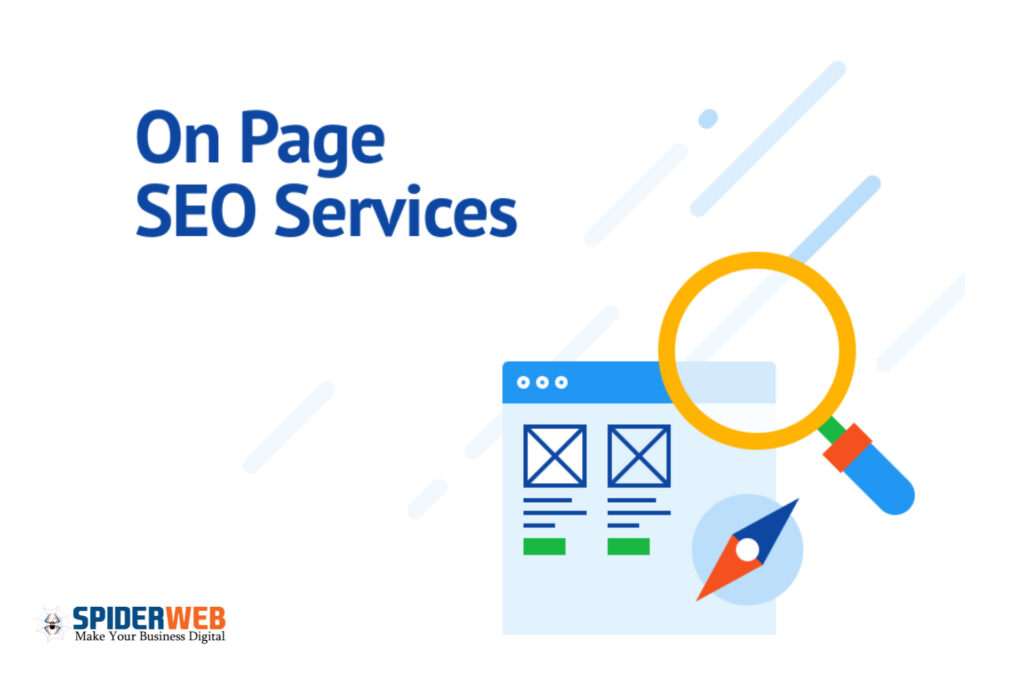
What is On-Page SEO?
On-page SEO (also called on-site SEO), these multiple components are referred to a website to be optimized properly. The goal in this is to set the pages of the site so that it is visible in the top pages of search engines and can capture more traffic.
To do this, you have to optimize its content, architecture, and HTML code. You control every factor of on-page SEO in the interface of your website. Therefore, it is very important to do it correctly.
On-page refers to both the content and HTML source code of a page, and the off-page SEO refers to links and other external signals. When both SEO techniques are used correctly, they will definitely help make your pages rank higher in Google.
A user stays on a new website for about 8 sec to interact with that website. At the same time, the more interaction and engagement, the more users stay on your site, the better their experience will also be. If on-page SEO is implemented in the right way, you will get a boost in your blog’s traffic.
How to do On-Page SEO?
On-page SEO includes all the on-site techniques that you can implement in your webpages to rank higher in the SERP.
It uses both content and technical elements to improve the page’s quality, so the more effectively you do SEO on-page, the greater the chances are that your website should get more relevant traffic.
By the way, there are many different technical aspects of On-Page SEO tutorial that can be optimized, and these are the main ones in it:
- Title tags
- Headings
- URL structure
- Alt text for images
- Site speed
- Internal links
- Meta descriptions
- Responsiveness
# On-Page SEO Techniques:
Let us now know about the best practices of On-Page SEO. We can use these On-Page SEO techniques in our article so that we can easily do On-Page SEO.
# Title Tags:
Those HTML elements are used to give the name of a webpage, and these are displayed as clickable result titles in SERPs.Each title tag should be unique, descriptive along with it should provide information about the page about which topic the page is, they also have to be optimized with a keyword, and their length should be within 60 characters.
# Headings:
Those are the titles you give to your content, and for better results, they should be in 11 formats only. Headings should always be more focused on relevant and descriptive words. They should be optimized with keywords so that it does not look like the stuff at all.
You can break your content into smaller parts also, for this, you can use subheadings (H2 to H6), but note that do not do much repetition of keywords or phrases in the post.
# URL Structure:
The importance of increases when the search engines determine how relevant a page is compared to a query, and it must be a little bit descriptive according to the subject of the page. If you want, you can also optimize URLS with keywords, as long as they are relevant.
# Alt-text:
Or alternative text provides more information to search engines about an image, however, it is mostly used to describe pictures for web visitors who cannot see them.
Therefore, the alt text should be very specific and descriptive for image content, it should be 125 characters or less and should be optimized by keyword or phrase only if appropriate.
# Page load speed:
This is very important because slow-loading pages have higher bounce rates: A survey has revealed that 47 percent of people want their site to be open within 2 to 4 sec, and about 40 percent only 4 only go after sec.
In such a situation, it has been seen that search engines penalize those slow-loading pages with a lower ranking, so become aware of fasting the page speed of your blog.
# Internal links:
They help the visitors very much navigate easily on the site and help the search engines understand your site and index the pages so that you can easily get a higher rank. Can do. At least you can do that, and you can link back every page of your site with its category or subcategory page.
# Meta descriptions:
Most are brief but different descriptions which expand into title tags. They summarize the content of the page and tell web users.
Why should they read your content in some other place? This Meta description is visible below the title and URL, and it should be numbered within 160 characters.
# Responsiveness:
A design element ensures that your page will display correctly on any device, including mobile devices and desktop. This will be an essential factor in the future as well because slowly, people from all over the world are using mobile devices for the online search.
# Keywords:
The element that matters most is keywords. It is like an eighth that binds your on-page SEO strategy with each other, and these can be combined with all the technical elements so that the right viewer can reach you at the right time.
To make them more effective, keywords have to be researched. They must also be selected carefully. Apart from this, they should be implemented naturally in the content so that the problem of stuffing does not arise.
# Importance of Content in On-Page SEO:
Where technical aspects are important, on-page SEO is a very crucial element because it is the thing that brings traffic to your site.
But in recent times, such content is of no importance. Still, present-day web users are always searching for relevant, interesting, engaging, and informative content that can fulfill their needs.
By the way, these forms of contents are also many types such as
- Blogs
- Web page copy
- Videos
- Info graphics
- Podcasts
- Whitepapers
- EBooks
- Interviews
- Case studies
- Original research
- Reviews
- Instructional articles
- Quizzes and poles
Simultaneously, it is also important that viewers do not like the contents that require a login, or it is copyrighted material, etc.
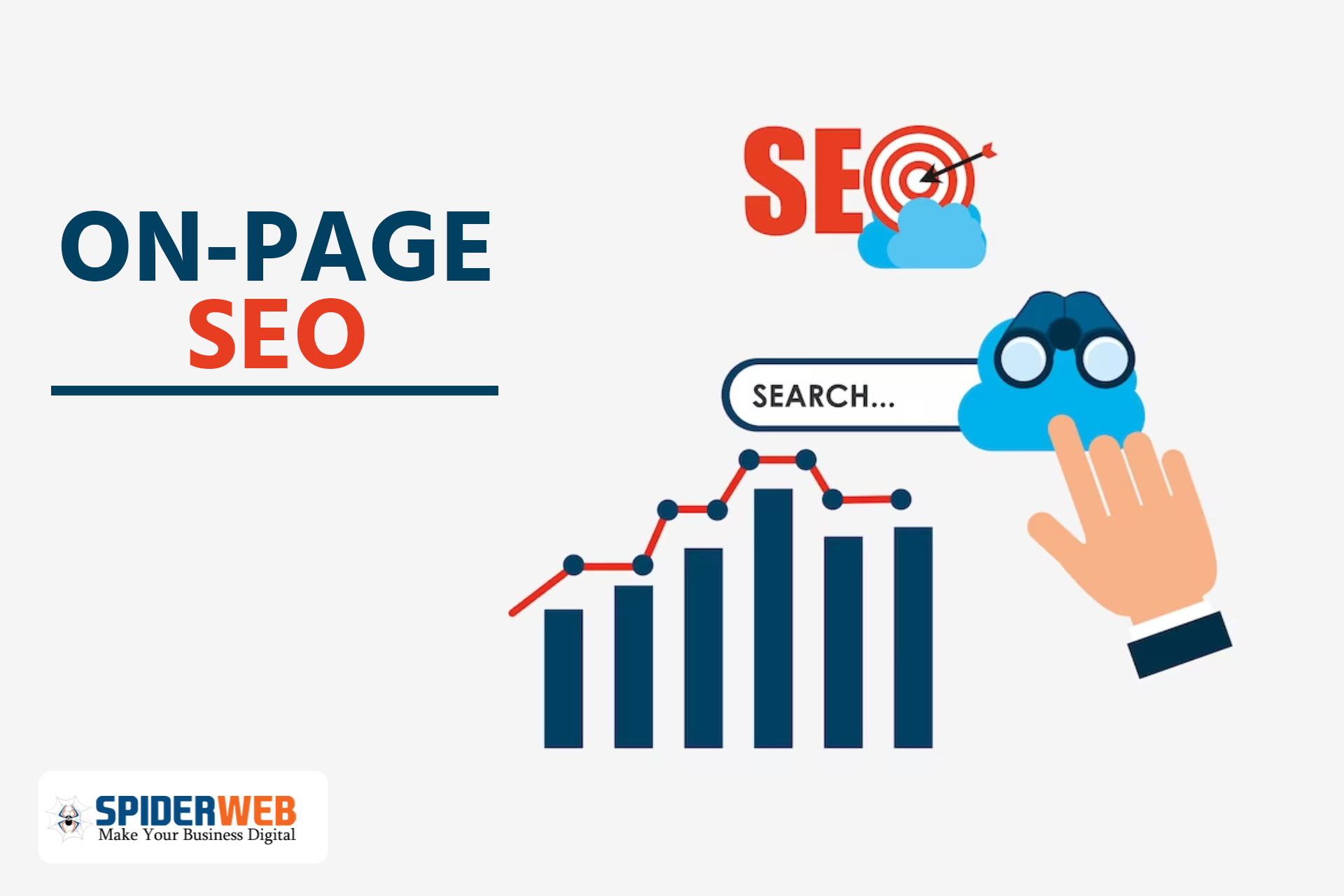
What is the difference between On-Page SEO and Off-Page SEO?
If you ask any SEO expert, you will get the same answer that you need both on-page SEO and off-page SEO for the success of your blog. When it comes to your blog’s search engine rankings, then both these things work completely differently.
So let’s know what the differences are between these two. To understand this, one has to go to the basic level of exactly how the search engine works.
When the search engine is evaluating a site, then it mainly considers two things on the web?
- On-page SEO this shows what your site (or your page) is about.
- Off-page SEO this shows how authoritative and popular your site is. In simple words, on-page factors are used to know whether you want to rank, while how high you can rank, for this, you have to use off-page factors.
Off-page SEO is called the set of factors that occur in other websites and helps improve the position of your website on search engine results page (SERPs).
Some of the significant factors of off-page SEO are:
- Links that are in other websites and which point to your website
- Referring to your brand across the web
- User behavior and engagement in your website
- Shares in Social Media
In off-page SEO, promotion of your website is mainly considered in many ways in other websites. For example, promotion in link building and social media.
Why is it necessary to do On-Page SEO?
Most people have basic knowledge of SEO in which they only know how to place keywords on the page on SEO. There are no traces that keywords are very important for On-Page Optimization, but there are many other things that are very important to know and implement with it.
Soon you will know about it, in on-page optimization:
- Keywords
- Copywriting
- Media
- Links
- User Experience (UX)
- And simultaneous conversions.
It is very important to understand all the on-page SEO factors correctly and execute them because only by this can you rank up in google.
What is the importance of a User-Friendly website in On-Page SEO?
On-page factors include both the front end (content) of your site and backend (HTML code) simultaneously.
Google’s algorithm tracks the quality and user-friendliness of your website that is also how:
- Their bot crawler interacts with backend and
- That’s how real humans interact with front end
Before going to other on-page factors, let’s know why a user-friendly website binds them together.
You can keep things under control on your site, but you cannot control how long users will stay on your site. A user-friendly website encourages human engagement.
If the front end content is not as appealing, user-friendly, and relevant, most people will go to other websites. So when you perform on-page SEO, then keep in mind that a user-friendly experience means that when someone comes to your website page, then:
- They should clearly understand what your webpage is about.
- This page should fulfill their search intent or should be relevant to it (their search keywords)
- They should feel that this page is very useful, which will increase the page’s ranking.
What are the Major Factors of On-Page SEO?
Although there are many On-Page SEO Tips, let us know about some specific factors. These factors can be divided into two parts, first is front-end, and the second is backend factors.
# Front-End Factors:
These are called the factors that are visible to the users who come to visit the site. Let’s know more about them.
- Value – Does your article provide value to users? Headline, topics, and images are the main among these things.
- User Experience – Does your site load quickly? Is it easy to navigate? Can it be opened easily on any device?
- Keywords and Content – Are your keywords and content optimized for search? In other words, do you use such keywords and phrases that users are looking for in the search engine?
# Backend Factors:
In the same backend, Google is making some opinions according to the relevance of your page, which includes some things like:
- Bot-friendliness – Is your data organized so that Google’s search engine
The bots can scroll through them easily and know what they are for?
- Metadata – Do you have any information about the page in your HTML codes? Such as Meta descriptions, URLs, and title tags, etc.
- Mobile-friendliness – Is your site properly optimized for viewing on mobile? Is your site design responsive?
Both front end and backend refer to a website when it comes to SEO.
On-Page SEO or Off-Page SEO: Which is more important?
It is absolutely not true to say that On-Page SEO is better or Off-Page SEO. It has become such a thing that the house’s foundation is more important or the roof. Both on-page and off-page SEO work together, and this can improve the search engine rankings.
Just as all things have different importance for a house, the foundation and the roof have importance in the same way. Building a house is everything, but it is equally important to maintain it from time to time. Therefore it is very important to give equal importance to everything in SEO.
So, friends, you must have now understood What is On-Page SEO, and how does it increase blog traffic?.
If this post has been helpful for you and you must have found it, you can share it on social media if you like our article. Do share with friends, and then if you face any problem, please tell us in the comment.
To get every information in simple language English, like our Facebook page where you are provided with the right information, click here to like our Facebook page.
More Related Posts:
- What is online marketing?
- What is content marketing, and why is it important?
- Why Digital Marketing Is Better Than Traditional Marketing
- What Is the Best Way to Make SEO-Friendly URLs?
- What is Affiliate Marketing, and how to make money from it?
For More On-Page SEO Updates, and Information What is On-Page SEO, and how does it increase blog traffic?, Visit Spiderweb.

